In the fast-paced world of the restaurant industry, staying ahead of the curve is not just a goal; it’s a necessity. As technology evolves, so too does the way we dine and interact with food establishments. Enter the Self- ordering kiosk, a revolutionary tool that is transforming the dining experience for customers and opening up a plethora of opportunities for restaurant owners. Self-ordering kiosks are not just about reducing queues or manpower costs; they’re about enhancing customer satisfaction and increasing sales through strategic cross-selling and upselling. For restaurant owners looking to modernize their operations and boost their bottom line, understanding how to effectively implement and leverage these systems is key. With benefits ranging from improved order accuracy to a more personalized dining experience, the adoption of self-ordering kiosk systems is rapidly becoming a hallmark of the innovative, customer-focused restaurant. This blog delves into the world of Self- ordering kiosks, offering insights into how restaurant owners can use these devices to elevate their business through effective cross-selling and upselling strategies.
The Rise of Self- ordering kiosks in the Restaurant Industry
Self- ordering kiosks have become a common sight in many fast-food chains, casual dining establishments, and even upscale restaurants. These touch screen kiosks enable customers to place their orders, customize their meals, and make payments without the need for direct interaction with staff. This technology not only streamlines operations but also empowers customers, giving them control over their dining experience. The benefits of self-ordering kiosks extend beyond operational efficiency; they also include cost savings on labor, reduced wait times, and increased customer satisfaction. With the right software, these kiosks can become powerful tools for implementing cross-selling and upselling strategies that can significantly enhance a restaurant’s revenue.
Mastering Cross-Selling and Upselling with Self- ordering kiosks
Understanding the Basics
Cross-selling involves recommending additional products that complement what the customer is already purchasing, while upselling encourages customers to purchase a more expensive version of the item they’re interested in. Both strategies are aimed at increasing the average order value, but they require a nuanced approach when implemented through Self- ordering kiosks.
Must Read: Self-Ordering Kiosk: A Worthy Investment for Your Restaurant?
Leveraging Technology for Personalized Recommendations
The most effective self-ordering kiosks are equipped with sophisticated software that analyzes customers’ current selections and past ordering habits to make personalized recommendations. For instance, a customer ordering a burger could be prompted to add a side of fries or a drink at a discounted combo price, exemplifying cross-selling. Similarly, if a customer selects a standard coffee, the kiosk could suggest upgrading to a large size for a small additional cost, showcasing upselling.
Designing an Intuitive User Interface
The success of cross-selling and upselling strategies heavily relies on the user interface design of the Self-ordering kiosk. The interface should be intuitive, with recommendations presented in a non-intrusive manner that enhances the customer’s ordering experience. Visual cues, such as appealing images of recommended add-ons, can be incredibly effective. It’s also important to ensure that these strategies do not overwhelm or slow down the ordering process, as this could deter customers from using the kiosks in the future.
Setting the Right Price Points
Effective cross-selling and upselling require careful consideration of pricing strategies. The perceived value of the add-on or upgraded item must outweigh the cost in the customer’s mind. Offering bundle deals or slight discounts on additional items in self-ordering kiosks can incentivize customers to spend more than they initially intended.
Training Staff to Support the Technology
While Self- ordering kiosks are designed to reduce the need for staff intervention, it’s crucial that staff are trained to support the technology. This includes troubleshooting common issues, assisting customers who may be hesitant to use the kiosk, and reinforcing the upsell and cross-sell recommendations made by the kiosk to ensure a cohesive customer experience.
Gathering and Analyzing Data for Continuous Improvement
One of the most significant benefits of self-ordering kiosk systems is the wealth of data they can provide. Restaurant owners should regularly analyze this data to understand customer preferences, successful upsell and cross-sell strategies, and areas for improvement. This continuous feedback loop allows for the fine-tuning of recommendations, pricing, and promotions to maximize profitability.
Must Read: Are Self-Ordering Kiosks the Future of Fast Food?
Conclusion
The implementation of Self- ordering kiosks in restaurants represents a significant shift in how businesses interact with their customers. These kiosks not only streamline operations and enhance the customer experience but also offer powerful tools for increasing sales through effective cross-selling and upselling strategies. By understanding the principles behind these strategies and leveraging technology to personalize the customer experience, restaurant owners can unlock the full potential of Self- ordering kiosks. In doing so, they not only meet the evolving expectations of their customers but also position their businesses for sustained growth and success in the competitive restaurant industry.

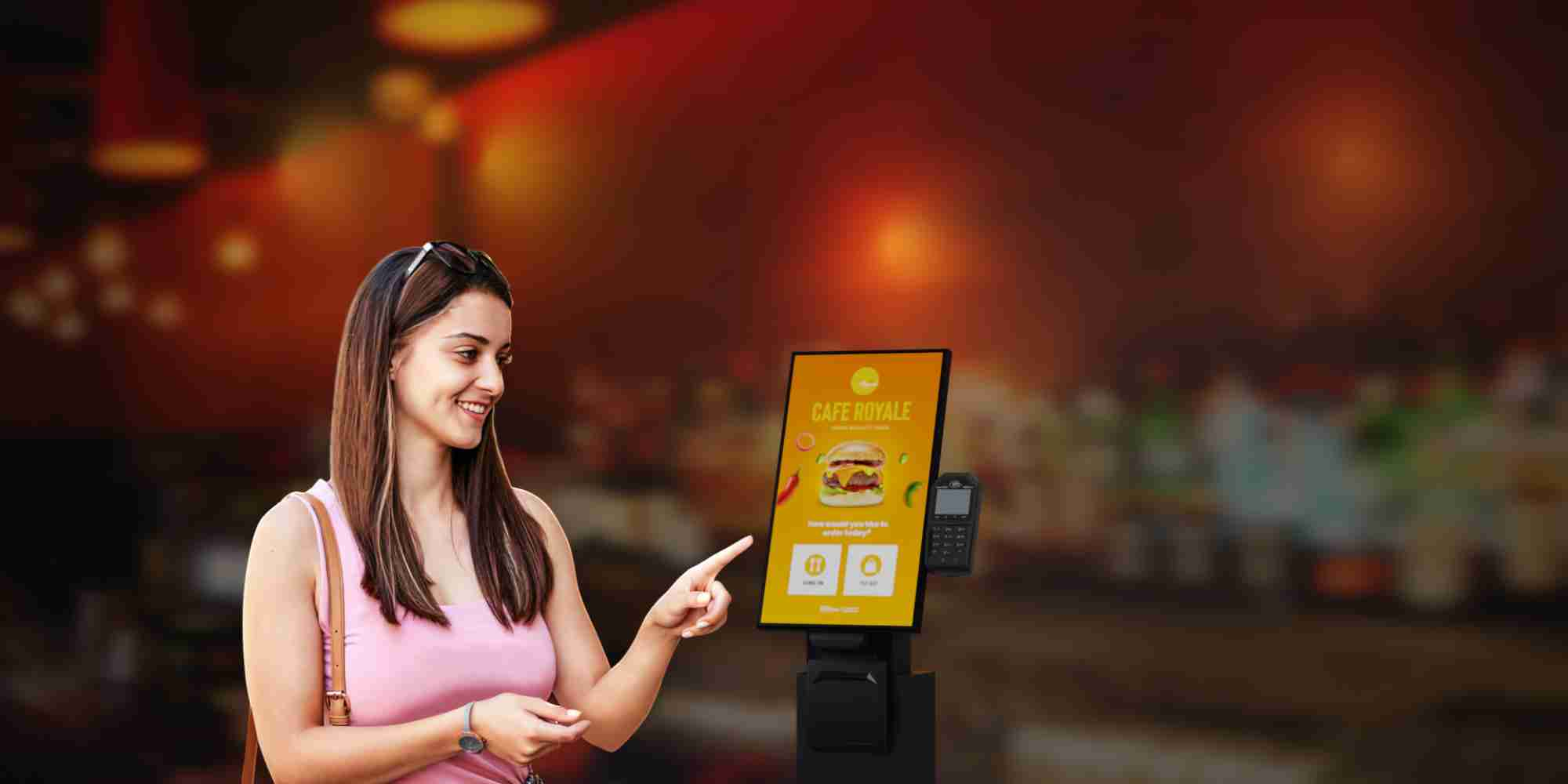
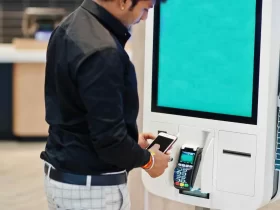



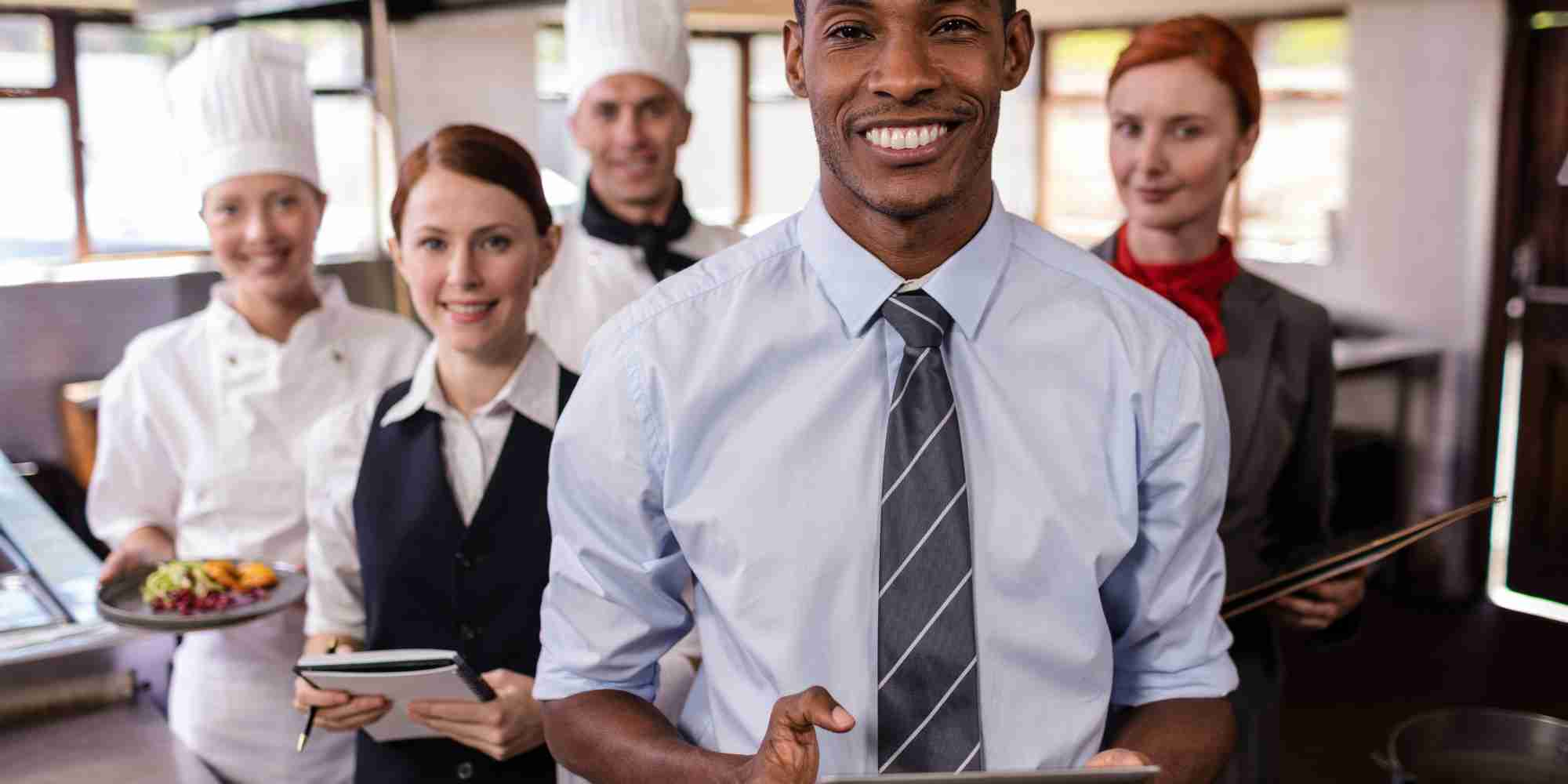

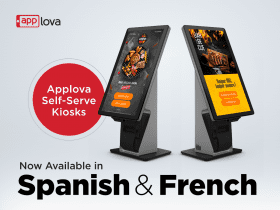
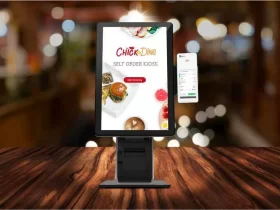

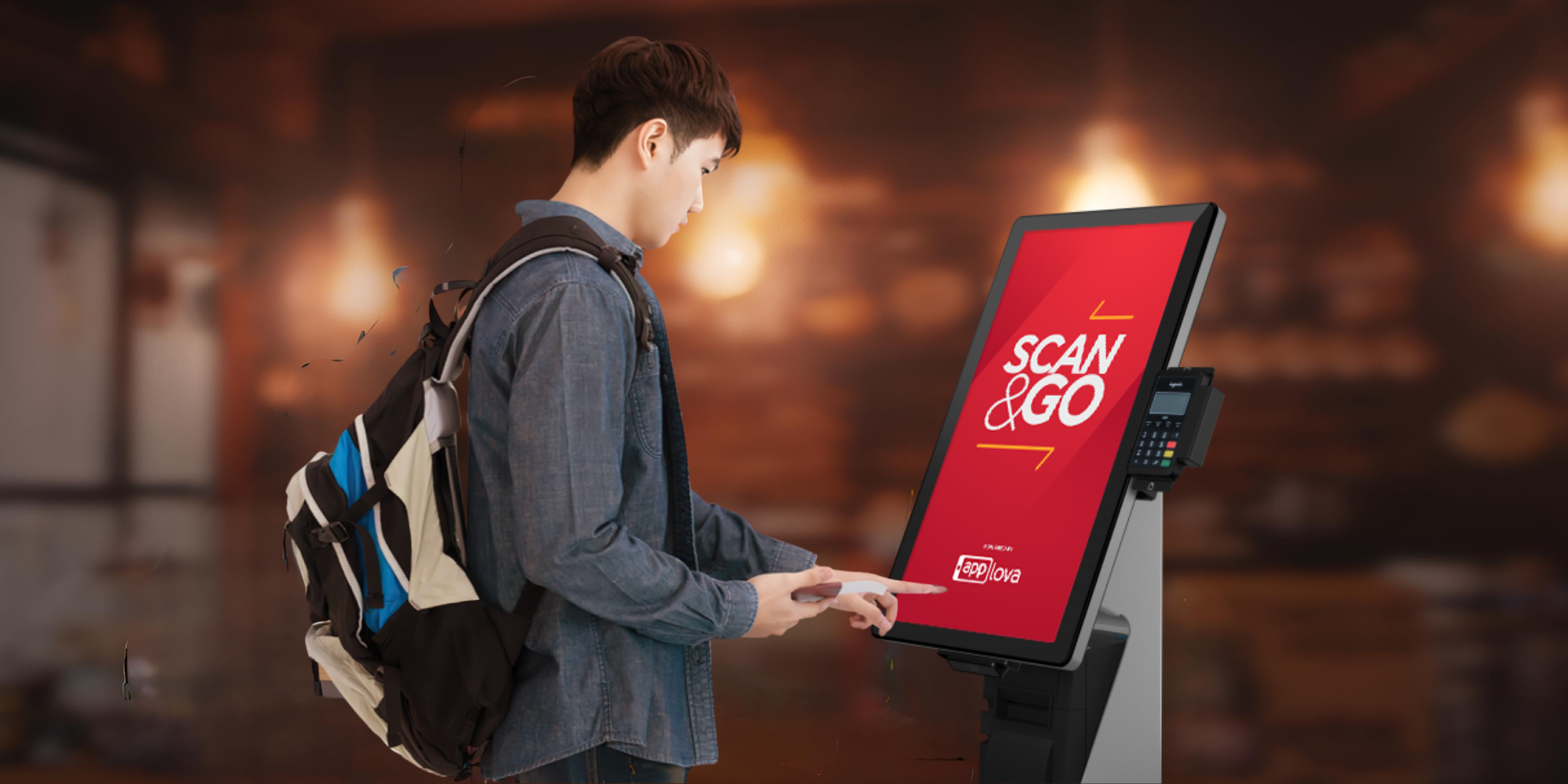
Leave a Reply